“Should I get a USB microphone or an XLR microphone?” We hear that question all the time from veteran and amateur podcasters alike. They each have positives and negatives, so there’s never a clear winner.
If you’re a new podcaster, you’re probably looking for a microphone that’s affordable (because you aren’t ready to invest a lot on podcasting gear yet) and easy to use (because you aren’t confident in your ability to produce a great show yet).
If you’re a professional podcaster, you’re probably looking up to level up your sound quality. You’re ready to spend a few dollars on a better product to boost the production value of your show.
No matter where you are in your podcasting career, we can help. We’ve put together a list of the best USB microphones and XLR microphones for podcasting. We’ve sorted them by price to help you find the one that’s right for your situation.
Castos is a participant in the Amazon Services LLC Associates Program. We may earn commissions from your purchases on Amazon.com, though at no cost to you.
Difference Between XLR And USB Microphones
Before we jump into our recommendations for the best USB and XLR microphones, it’s important to understand the difference between these two categories.
XLR microphones capture analog signals using a three-pronged connector. They are basically the standard in the audio industry. Most professional audio equipment is designed for XLR microphones which gives you a ton of flexibility to upgrade pieces of your audio stack over time. Most importantly, they also produce better sound quality than USB microphones.
The downside, however, is that you can’t use an XLR microphone on its own. You also need a mixer, field recorder, or an audio interface. That can be expensive for new podcasters.
USB microphones have the same capsules and condenser elements as XLR mics, but they are plugged directly into a USB port. There is no additional gear required, so they’re easier to set up and affordable for new podcasters.
Unfortunately, USB microphones make it harder to record multiple tracks. Recording software often struggles to distinguish between different mics, which can disrupt your recording. Alos there aren’t many USB mic options because they are relatively new and most are designed toward beginners who don’t have a lot of recording equipment.
Best XLR Microphone
Think of some of your favorite podcasts. You know that crystal clear sound without any background noise? Those rich and full voices where every syllable is clear? Those podcasts use XLR microphones because they produce the best sound. If you stick with podcasting for the long haul, you’ll definitely want to switch to one at some point. Here are our favorites.
Under $100: Rode PodMic Podcasting Microphone – $99
This broadcast-quality dynamic microphone offers a rich, balanced sound that’s optimized for podcasting (meaning it requires minimal editing). This sound quality is known to rival much more expensive microphones. An internal shock mount reduces vibrations and an internal pop filter minimizes your plosives.
- Frequency Response: 40-15,000 Hz
- Microphone Type: Dymamic
- Polar Pattern: Cardioid
- Address Style: Side
Under $200: Shure SM86-LC – $179
The SM86 is a handheld condenser mic that’s optimized for vocals. It comes with a built-in three-point shock mount to minimize noise and a built-in pop filter to clean up your plosives. It has a clean and bright sound that’s great for higher voices. As expected, it comes with Shure’s well-known quality, so it’s durable during travel, setup, or when dropped by inexperienced hands.
- Frequency Response: 50-18,000 Hz
- Microphone Type: Condenser
- Polar Pattern: Cardioid
- Address Style: Front
Under $300: Shure Super 55 Deluxe – $249
The Shure Super 55 Deluxe is an XLR microphone tailored for vocals and speech. It has superb off-axis rejection, which means it will ignore sounds that aren’t within it’s primary pickup region. This is a key feature that will eliminate background noise so you don’t have to edit as much after recording. A shock-mounted cartridge minimizes handling noise. It also has an amazing vintage look!
- Frequency Response: 60-17,000 Hz
- Microphone Type: Dynamic
- Polar Patter: Cardioid
- Address Style: Side
Under $400: Shure SM7B – $399
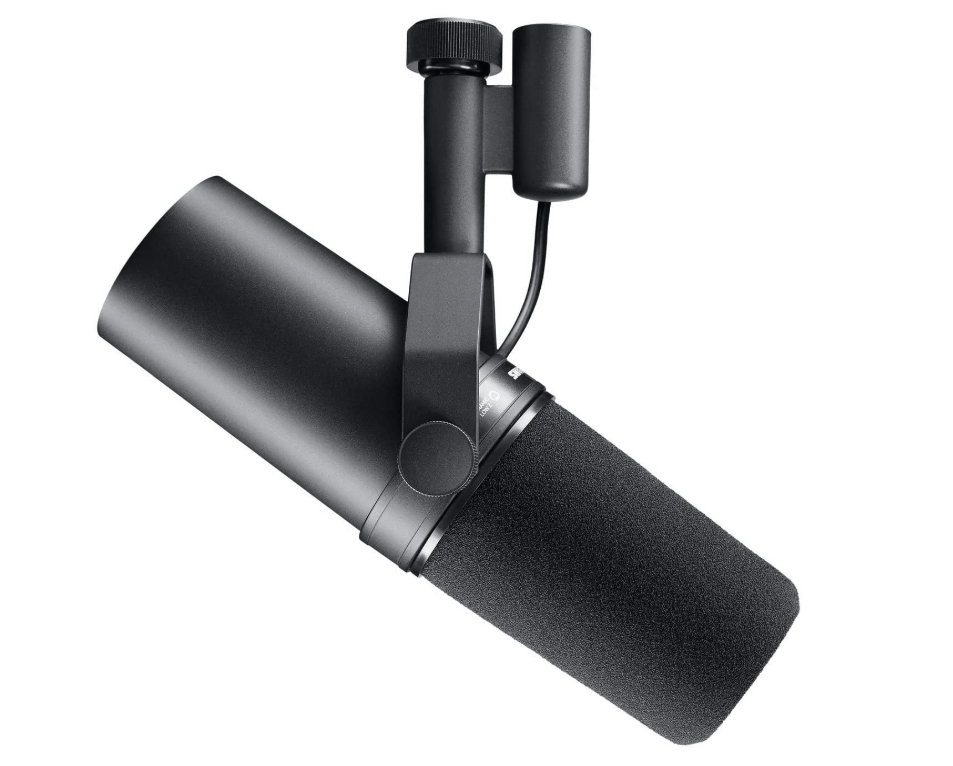
This is one of the most popular XLR microphones, and for good reason. It may seem expensive at nearly $400, but it’s worth every penny. It probably shouldn’t be your first podcasting microphone, but you’ll want to invest in it as soon as your audience starts to grow.
The SM7B is a reliable mic with a high quality construction. Its noise attenuating technology creates crystal-clear recordings. You can select form one of three frequency response settings to suit your voice (though the flat response is excellent for all ranges). The powerful off-axis rejection mitigates unwanted background noise and the pre-installed pop filter effectively eliminates plosives and fricatives.
- Frequency Response: 50-20,000 Hz
- Microphone Type: Dynamic
- Polar Pattern: Cardioid
- Address Style: Front
Under $500: Avantone CV-12 Microphone – $499
This USB microphone is a bit pricey, but it’s worth the investment. It will add a lot of warmth to your recording. It offers an impressive nine polar patterns that you can select on the power supply. This gives you a ton of flexibility to get your recording just right in any kind of recording space. It also has a great retro appearance that looks great on a video podcast.
- Frequency Response: 25–20 kHz
- Microphone Type: Condenser
- Polar Pattern: Variable; nine options
- Address Style: Side
Best USB Microphone
USB microphones are growing in popularity among podcasters, mostly because of their simplicity and versatility. A USB mic can be plugged into any USB port, which means you can easily swap them around devices and use them with pretty much any recording application (like Squadcast, Zoom, Skype, etc.).
Many of the big microphone manufacturers have released their own USB mics, so there are some good products in the market. Here are our favorites.
Under $100: Audio Technica ATR2100 – $79
The Audio-Technica ATR2100 is one of the most affordable USB microphones which makes it a top choice for many podcasters. It has a smooth, extended frequency response that’s suited for home studio recording and field recording. This is one the few USB mics that also offers XLR connectivity. We recommend this microphone podcasters who aren’t ready to commit to spending a lot of money.
- Frequency Response: 50Hz-15kHz
- Microphone Type: Dynamic
- Polar Pattern: Cardioid
- Address Style: Front
Under $200: Blue Yeti Studio USB Microphone – $149
While we wouldn’t normally recommend a condenser microphone for new podcasters, they can work if you have a quiet recording space. We like that the Blue Yeti allows you to record in multiple polar patterns and the frequency range expands further than many other microphones at this price point. The cardioid setting is right for most podcast recordings, but feel free to play around with the figure-8, omni, and stereo polar patterns.
- Frequency Response: 20Hz-20kHz
- Microphone Type: Condenser
- Polar Pattern: Cardioid, Figure-8, Omni, Stereo
- Address Style: Side
Under $300: Rode Podcaster USB Microphone – $229
The Rode Podcaster is similar to the other dynamic microphones on this list, but it comes with a couple features that make it worth the bigger price tag. We like that it has a built in windscreen, headphone jack, and that it’s designed specifically for broadcast applications. Some people report that it sounds a bit harsh with boosted high end sound, but you’ll have to try it with your own voice to see how it sounds.
- Frequency Response: 40z – 14kHz
- Microphone Type: Dynamic
- Polar Pattern: Cardioid
- Address Style: Front
Under $400: Sennheiser MK 4 Digital Microphone – $399
This microphone lives up the Sennheiser quality we’ve come to expect. The ton and clarity is superb. It’s portable and connects to every iOS device, which makes it great for cramped recording studios or podcasting out in the world.
- Frequency Response: 20Hz-20kHz
- Microphone Type: Condenser
- Polar Pattern: Cardioid
- Address Style: Side
Summary
As you can see, when it comes to USB microphones and XLR microphones have benefits and drawbacks, but there are plenty of options. You shouldn’t have any trouble choosing one that’s right for your needs.
We strongly recommend choosing one from our list as we know they’re each great for podcasting. If you aren’t sure which is right for you, drop a comment here and we’ll do our best to make a recommendation.
Action
Read to start your own podcast? Learn the nitty-gritty details of starting your own show in our comprehensive guide. Learn how to start a podcast.
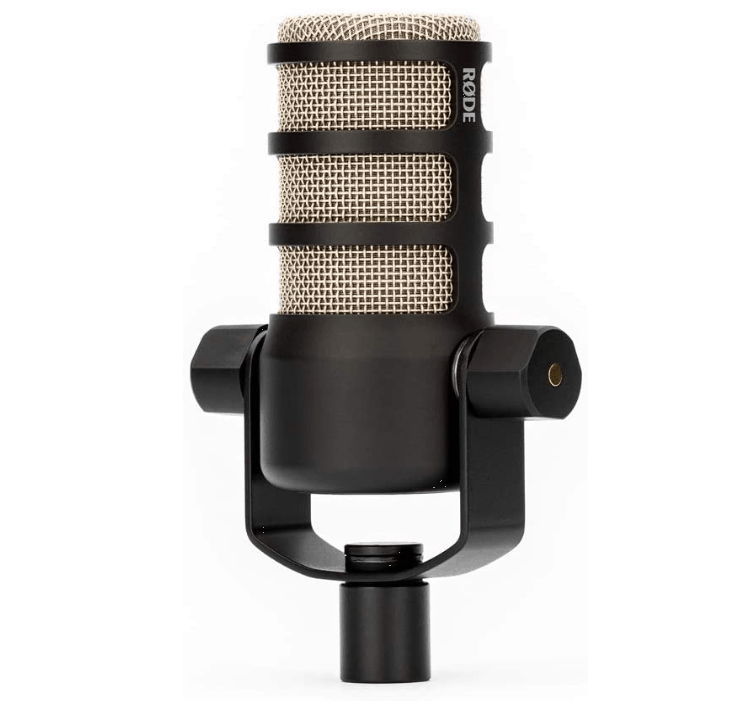
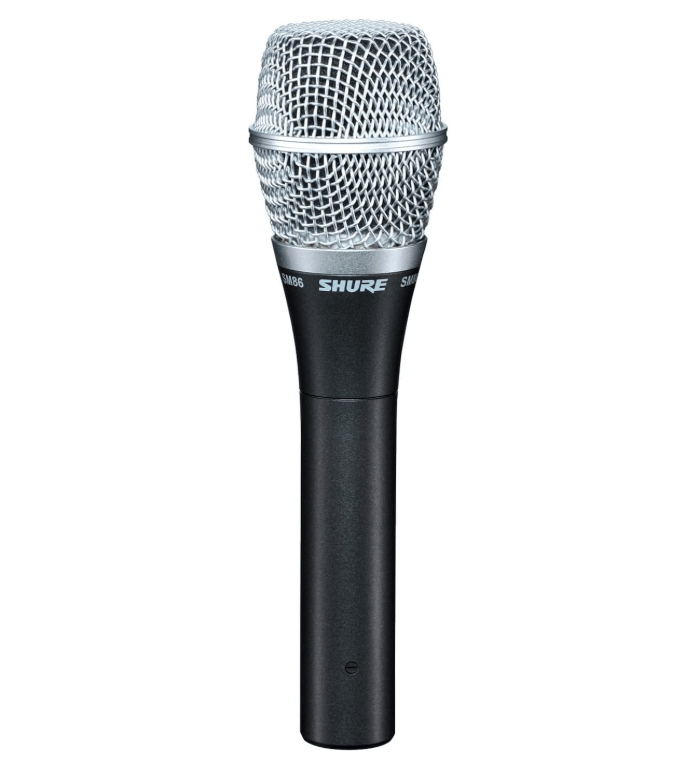
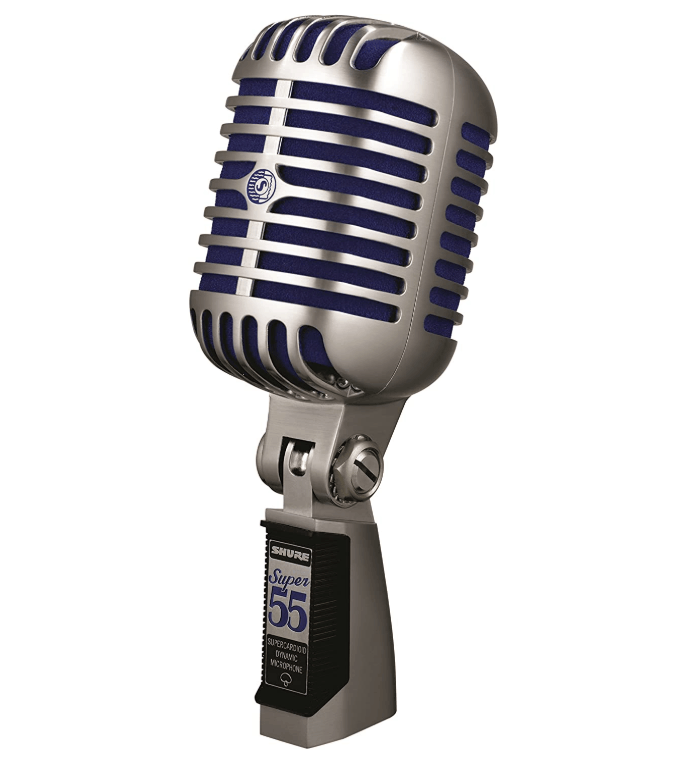
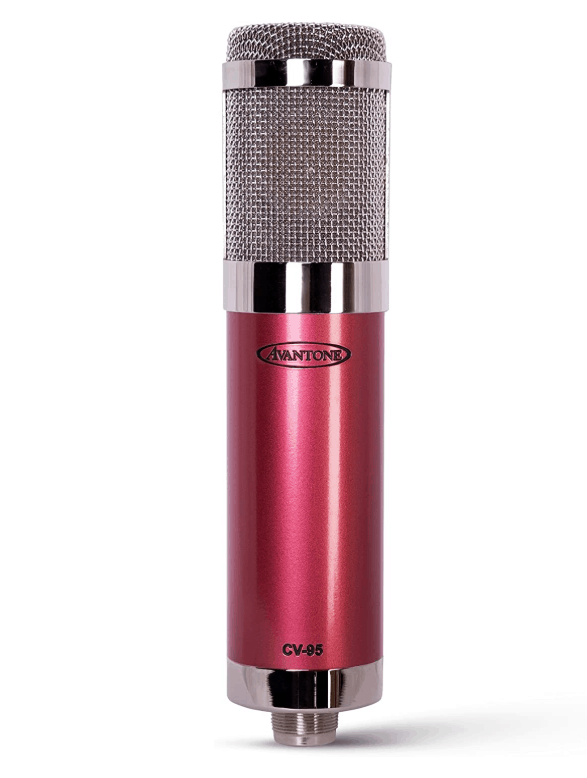
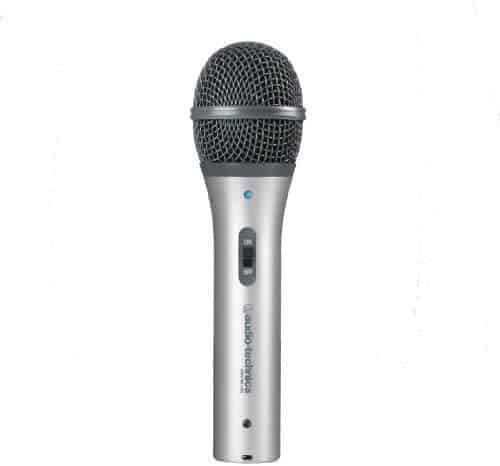
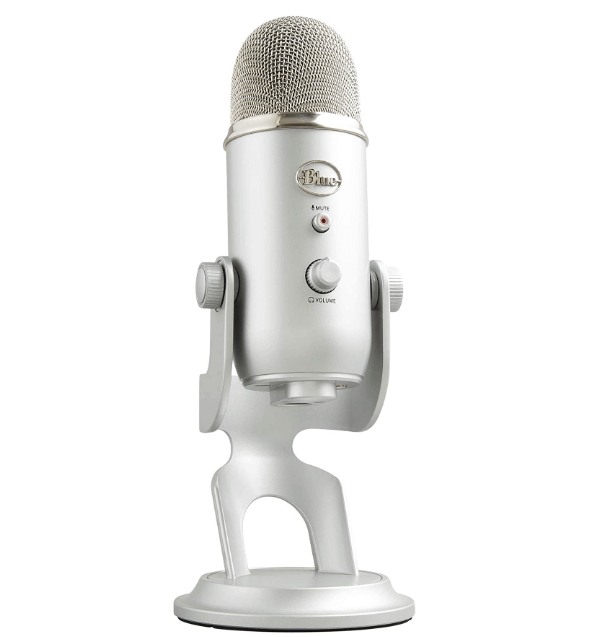
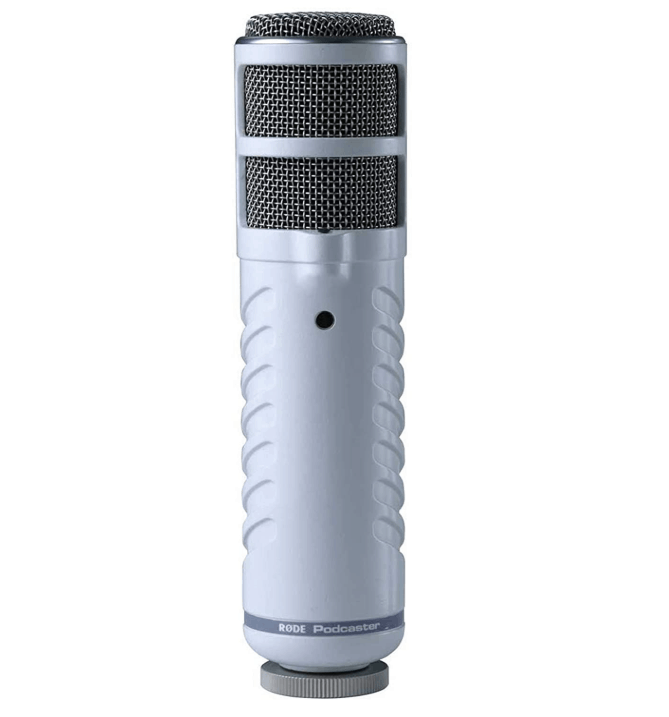
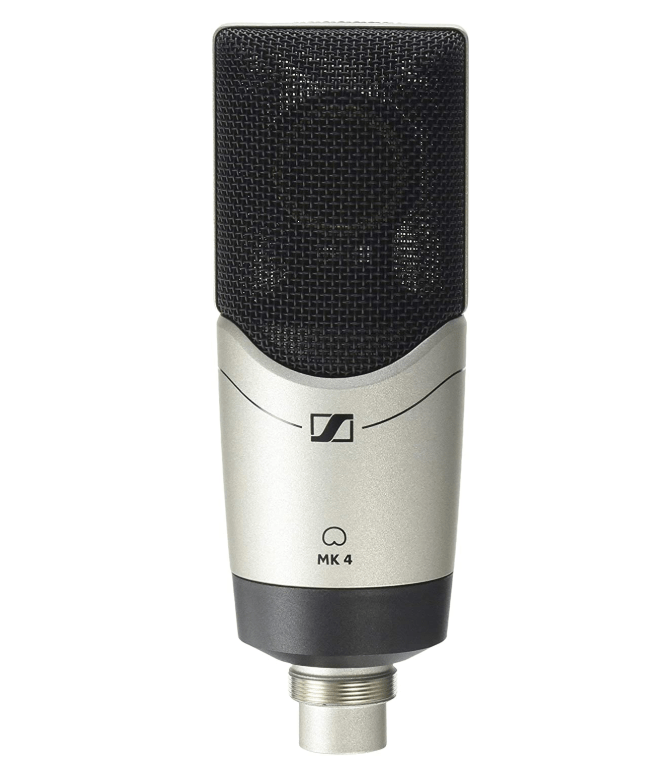
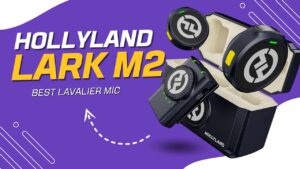
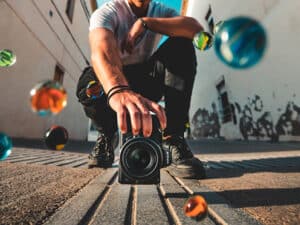
Comments are closed.